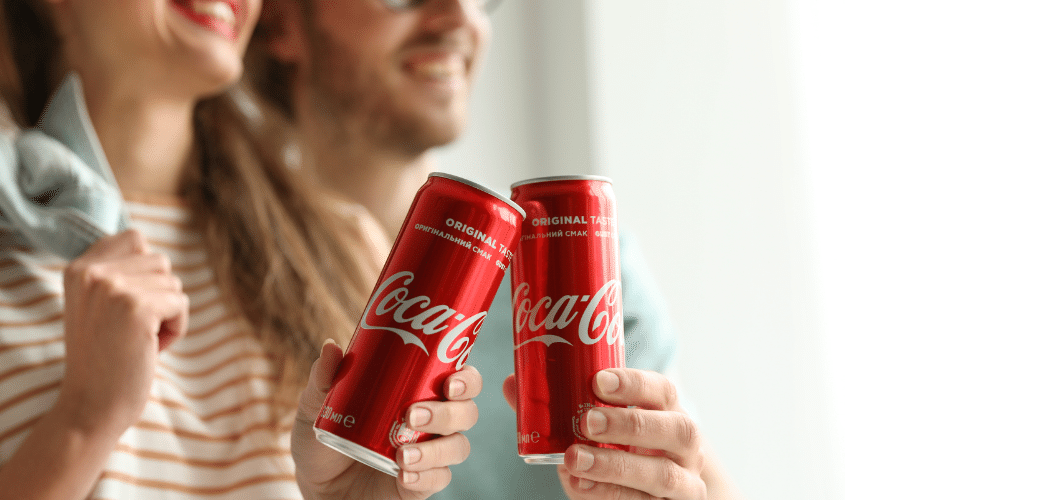Too many reward programs solely focus on the points, rather than on the rewards their points or miles make possible. And without rockin’ rewards, the points are without meaning. Do your rewards hit the “must-have” mark that turns casual customers into brand fans?
Want to Thank Me for My Business? Show Me the Money! Now.
This is the chorus of millions of loyalty program members today. Points are popular, but they also are prevalent, and the rewards at the end of those points too often continue to be predictable and unexciting.
In part, this is due to big behind-the scenes issues, such as a shortage of resources to accurately analyze member data. Making sense of it all can be daunting. Heck, many programs lack the discipline just to limit themselves to collecting only the data needed to accomplish their goals.
The result: They become so overwhelmed by insights that, to make everyone happy, they resort to one-size-fits-all recognition for highly personalized member behaviors when rewards should be tiered by customer lifetime value. Boo.
By: Jenn McMillen
Focus on Rewards, and Your Data Pool Won’t Be a Mosh Pit
Companies that see their reward program propositions with the end-game (customer loyalty) in mind tend to have something in common: their rewards rock. And, as a result, their programs rock — because they connect with their members. Think: When’s the last time you asked members what kinds of rewards they wanted to see?
Rockin’ rewards don’t have to be highly valuable or rare, but they do have to resonate with target members. Like a metronome, they need to be clicking, clicking, clicking, always in synch with member goals.
If Your Program’s A-Rockin’, They’ll Come A-Knockin’
Over decades of designing, building and consulting on rewards program, I’ve witnessed a lot of mind-blowing reward innovation. I’ve also seen fails, which were instructive. Combined, these six rules reveal whether a program’s reward options are optimized for performance.
1: Your program nails cross-channel engagement.
A key benchmark of loyalty relevance is how often members “touch” their rewards options, either through redemptions, reviewing reward catalogs and/or responding to communications. Multichannel shoppers have a 30% higher lifetime value than single-channel shoppers.
The number of channels in which they connect is crucial because that gauges immediacy. Take Nordstrom’s Nordy Club program, which sends “act now” messages to me across channels. It will email me, for example, when I receive a $10 reward note. It also reminds me, whenever I place an order, that I can use a reward then and there. Immediately I am planning what my next purchase will be.
2: Your rewards are top-line contributors, baby.
Reward members shop more frequently and spend more than non-members. Yet the average redemption rate among loyalty programs is a measly 13.67% — a figure some finance teams may prefer because redeemed rewards cost money. So do Memorial Day sales. So does couponing. Companies should want members to redeem, because reward redemption, like bread crumbs, inspires them to follow the program.
Case in point: The handbag and accessories maker Coach reported that members of its Insider program shop 25% more often than non-members. That’s topline reward action. The reward does not have to be as costly as a $200 wallet — the key is that it is attainable enough to keep the member interested, even for low activity. Some loyalty programs offer low-value rewards that still are exclusive to members, such as gratis gift wrap or a company-branded trinket.
3: Your experiential rewards do not skip a beat.
A reward program that uses the right insights knows what types of experiences inspire members to spend with purpose. Disney knows holders of its credit cards will charge them to the hilt in order to gain discounts on park tickets and Disney cruises, because for parents, Disney is an inescapable fact of life.
Then there’s the ReebokOne program for fitness trainers, which offers product deals but also pivots away from products by offering quarterly workshops and fitness certifications. And the Aveda Plus program’s top-tier rewards include day spa visits at its flagship salon in the UK. Low-cost to Aveda, highly valuable to members.
4: You're a hot prospect on the partner market.
If companies want to include their rewards on your platform through a partnership, it’s a sign your rewards are hot, and will likely get hotter through the partnership.
Collaborations simply expand the fan base. Beyoncé aligned with Adidas to relaunch the Ivy Park brand of athleisure clothes, which can be catnip to members of the Adidas Creators Club. And in the UK, the loyalty program Nectar partners with eBay so members can apply the points they earn through Nectar to eBay purchases.
5: People talk, talk, talk about you.
If you think your rewards are worth talking about, then look for chatter on social media and elsewhere, particularly among influencers. Nearly 90% of marketers say that the return-on-investment gains generated through influencers is at least as good or better than other forms of communications.
That’s a big reason why the rewards offered by GameStop, where I worked five years as vice president of loyalty, attracted epic earnings activity when we launched the program — because of the chatter around the rewards. GameStop once offered, as a reward, the opportunity for a member to have a role as a character in a video game. That kind of experience generates buzz.
6: Members ask for seconds.
It’s a no-brainer, but the rewards that go fast are relevant. Not sure? A simple company survey can reveal which rewards members want most.
The question is whether to stick with the same, popular reward or take it to next level. Proactive measures, and timing, can guide this decision, as limited supply fuels desire and traffic. If members have the option to special-request an out-of-stock reward when it’s available, they’ll keep checking in — and the company will know what’s worth keeping.
Sephora’s Beauty Insider, for example, deploys lots of reminders about reward options and availability to manage demand, including weekly alerts to new rewards that are available for a limited time. Members don’t have to take a second chance on availability.
Lastly, Rockin’ Rewards are Easy to Access
Just as a simple beat is easier to dance to, easy-to-earn rewards get higher redemption and therefore work harder for the company. Restrictions that prevent rewards from being redeemed also prevent the program from working.
Companies can work on formulas that manage the expense of a captivating rewards structure without a bunch of restrictions. If resources are tight, then it’s time to reconsider the whole purpose of the program. There are third-parties that can help, based on budget.
But if those rewards are not front and center, the program is basically an empty stage.
Jenn McMillen is Founder and Chief Accelerant of Incendio, a firm specializing in customer-facing initiatives, whether it’s marketing or technology. Incendio builds and fixes marketing, consumer engagement, loyalty and CRM programs, providing a big-agency approach to marketing needs without the big-agency cost structure, and is a trusted partner of some of the biggest U.S. brands.




